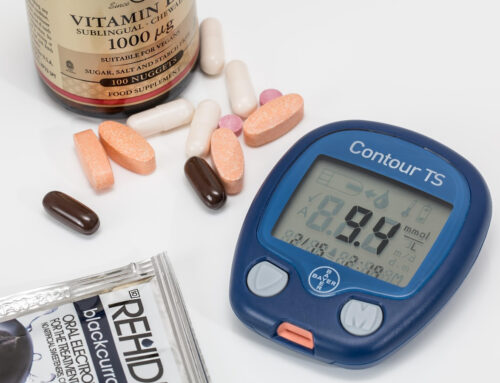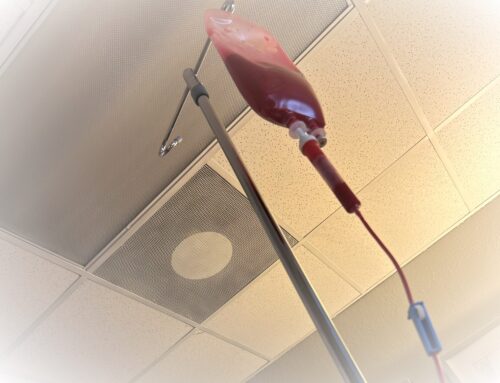Covid-fatigue…it is not technically a symptom of having this infection but rather from living through this pandemic with so much uncertainty for our futures and our health. It is a completely natural result. We are seeing it all around us: the inability to get anything done, the lack of focus or motivation, the frustration that home and school are now in the same place….and OH the interruptions! And might I add that uncertainty is fatiguing. You can assemble one future in your mind but then something changes in the news and that future now looks different. The yo-yo effect of all of this is truly exhausting.
In addition to this fatigue, we are all dealing on one level or another with a sentiment I see in every news article or public message. I want to address this common sentiment felt and heard by so many people today. This is the intense fear of contracting Sars-Covid-2 and dying. Let’s name it: the fear is about death and dying. I agree this is scary, and depending on what area of the country or world you live in, you could be seeing a picture that is vastly different from what neighboring countries or counties are experiencing. People are arguing in grocery store aisles about keeping safe distances. There have been altercations at local trailheads about “6 foot distancing,” which all signal that people are incredibly fearful. If you look at the statistics, you could be scared silly with what could happen.
But let’s focus on what is most likely to happen:
-
You contract this virus and get a mild to moderate case, as this is the most statistically likely outcome. It’s helpful to think about it in terms of mild, moderate, and severe disease. Most people will have mild symptoms. Their recovery typically takes a couple of weeks. They might feel horrible, profoundly fatigued, with muscle aches, a bad cough, a fever and chest discomfort.
-
Then you recover from this illness especially well with the support of your favorite naturopath (ahem).
-
Then you develop immunity. This is the goal.
This is the scenario that 80-92% of those who contract the illness will live through (according to multiple research studies, although there is a lack of confirmed data about the specific number).
Those least likely to recover seem to be frail and older patients with other pre-existing illnesses, such as COPD [chronic obstructive pulmonary disease] or heart disease. These are the vulnerable populations, who will often be susceptible, but there’s also no guarantee that a young person, who gets SARS-Covid-2, will recover. According to a new study in The Lancet based on data from China, the overall death rate for people diagnosed with coronavirus is 1.4%. But that rises to 4% for those in their 60s, 8.6% for people in their 70s, and 13.4% for those age 80 and older. (1)
We do know that surveillance of a newly emerged pathogen is typically biased towards detecting clinically severe cases because they arrive in the ER or ICU, especially at the start of an epidemic when diagnostic capacity is low. Our diagnostic capacity is still low as many of the tests that are available are only semi-reliable. The lack of testing in our communities makes gathering an accurate picture of the true viral penetrance nearly impossible.
There is more lack of information than there is solid scientific findings; will you have immunity for life? How long would you be contagious? Are the tests reliable? Will a vaccine be mandated? NO ONE KNOWS. Bottom line.
We need to take this in digestible pieces one at a time and make the best decisions we can in the moment with the information that we have before us. While we want to socially distance and we have done a fantastic job of this, could we also gently re-enter the world in a safe and calculated way? What if we get exposed during the re-opening process? I would recommend highly that we let that happen — that is, if you are not vulnerable or immunocompromised in any way.
The goal is for everyone’s immune system to “see” this virus and either react to it in the form of an infection or not have any symptoms but to develop immunity. As the number of people who are exposed and have antibodies to this virus rises, we develop what is called herd immunity, which is defined as the proportion of people with immunity to a disease in a given population. This happens naturally without any vaccination. One example would be immunity to viruses that are not related to a pandemic.
Herd immunity can be measured by testing a sample of the population for the presence of SARS-Covid-2. The “herd effect” is the reduction of infection or disease in the unimmunized segment of a population as a result of immunizing a proportion of the population. Herd effect can be measured by quantifying the decline in incidence in the unimmunized segment of a population in which an immunization program is instituted. If you can demonstrate immunity (and I recommend waiting for a few months to test due to the sensitivity of testing, which has been low), then you will be part of herd immunity for SARS-Covid-2. (2)
So while the re-opening process is beginning to be discussed, I want to help you all realize that fear is not helpful in any way. Protect yourself with all of the immune boosting tools you have in place already, eat for your microbiome and immune system, continue to wash your hands and wear a mask, but go on to the next phase of this pandemic with greater confidence that if you get exposed and contract this illness, the likelihood of you becoming severely ill is low (if you are not vulnerable or immunocompromised, of course).
If you need assistance to get through any infection, please call us. We are here to help.
References
John, T.J. & Samuel, R. (2000). Herd immunity and herd effect: new insights and definitions. European Journal of Epidemiology, 16(7), 601-606.
Verity, R., et al (2020). Estimates of the severity of coronavirus disease 2019: a model-based analysis. The Lancet, 1-9. doi:https://doi.org/10.1016/S1473-3099(20)30243-7



